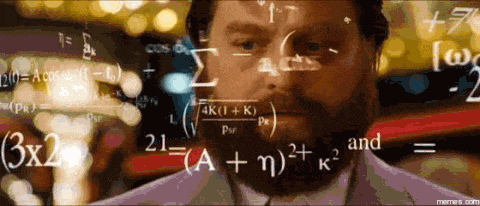Thinking about thinking is weird. Actually looking at, and assessing how you think requires a different kind of inward view that can be difficult. Thinking about thinking can be very beneficial for self reflection and becoming a better thinker overall though. As I’m writing this I can tell you that I have been practicing, and I am using that type of thinking right now because this blog post is all about thinking. Specifically, flexible thinking.
Flexible thinking is a certain type of thinking that is very useful in everyday life. Being a flexible thinker allows you be more prepared for everyday changes that are out of your control. It also allows you to be ready to change your mind or switch plans when you are in control more effectively. One place that’s a great example of my flexible thinking is my recent field school to Albuquerque, New Mexico.
Now before I get deep into this I want to set a definition for what flexible thinking is. In this post by flexible thinking I mean creating, imagining and innovating while taking responsible risks to complete my project and enjoy myself. It’s a lot to process at first but it basically melts down to flexibility through calculated risks.
In Albuquerque I think I was flexible and took smart risks. A lot of the risks I took were based on and taken for my main project, my book. The book I made tells you all about the story of the atom bomb from its conception to its final use. Through out the trip I was collecting artifacts like interviews, pictures, videos and any other form of inspiration and input. I go into more detail about my book in my Albuquerque field study post but that’s the general idea. One good example of smart risks I took are the interviews I conducted. When you interview a stranger or a person you just met there’s always an aspect of risk. What if they are mean or they don’t want to talk to you or you mess up your question. Things like this are always a possibility but you have to take risks and be flexible if you want to succeed and end up with the final result you want. An important part of taking smart risks is making sure they’re smart. Things like preparing my questions for my interview and having my equipment ready really helped.
Another another risk I took was mindlessly putting my iPad in the seat pocket of the plane on the ride home. Of course it was accidental but I learned that even when my sleep for the previous three nights amounted to less than twelve hours I should still keep better track of my stuff. I have always been prone to losing stuff but I still blame a lot of this one on the sleep thing. Losing my iPad on the last day of the trip (basically the end of my project) is just about the worst thing I could’ve done given I had a whole project on it. I’m just thankful my pictures were on my phone.

On this trip, a lot of the risks I took were between enjoyment and responsibility. I knew that I did want to look out of the window, take pictures and joke with friends but I also knew I had work to do. If I do my work I might miss some amazing moment or view but if I take the risk to have my enjoyment now too many times I won’t be able to catch up on my work and definitely won’t enjoy myself later. Flexibility and flexing between the two, staying in the sweet spot was the key here.

Almost anything you do in life can be looked at as a risk. From getting into my car in the morning to to skydiving, I know there’s always a chance something could go wrong. The important thing and the big skill here is being able to accurately weigh risk versus reward and decide if that risk is worth it for you. Taking yourself outside your comfort zone and talking to a stranger? Probably worth it. Losing your iPad on a plane? Probably not.

